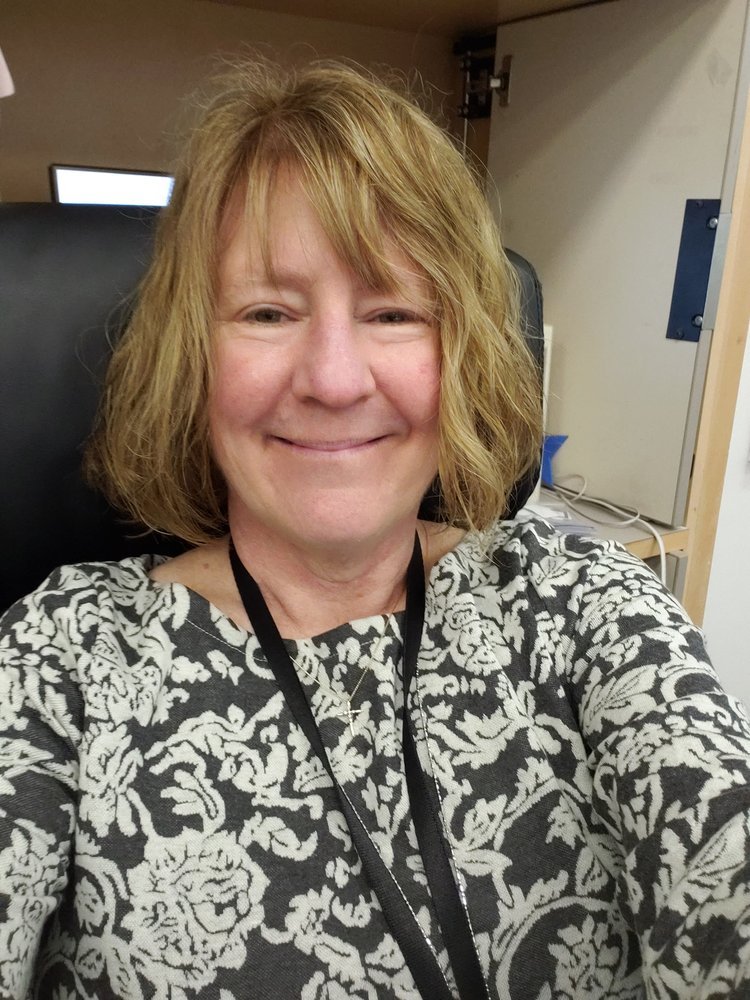Ostomy

Photo of a staffed bladder and a one year stomaversary celebration cake.
Who doesn’t love National Pet Month? During the month of May, my Facebook page is plastered with pictures of all of my favorite dogs. In July, we celebrate National Ice Cream month. While fun, monthly awareness campaigns can also be serious. The country is inundated with pink during October for Breast Cancer Awareness. Even the NFL gets in on the pink. Red is more than the color of love during February; it is the color of American Heart Month. These campaigns are popular, even glamorous. The same can’t be said for the lowly bladder. Did you know November is Bladder Health Awareness Month? If you were aware, you probably did not learn about it from the news or from your favorite celebrity.
You have probably not given much thought to your bladder or urinary habits since you were a toilet training toddler. We certainly don’t talk about such things in our society. Why not? We all go to the bathroom. We all pee. Why is it such a taboo? The problem is, we don’t talk about it, even when we should.
Urinating more frequently? Irregular periods? You are getting older….menopause is coming you know. Protein in your urine?…you have another UTI. So many symptoms women experience are attributed to women’s gynecological or other urinary issues. This is what happened to me. In hindsight, the signs were there. It was easy to believe they were not serious and I was just getting older. The kidney pain that sent me to urgent care was diagnosed as a passed kidney stone. I was given antibiotics for a UTI and told to follow up with my PCP. When it didn’t clear up, they prescribed more antibiotics. They saw fibroids on my scans and told me to follow up with my doctor; everything else looked ok. It was during the follow-up that my gynecologist found the cancer.

A picture of the blogger with a group of people who walked in the BCAN Walk to Beat Bladder Cancer.
Unfortunately, my story is not rare. Bladder cancer is usually a disease of older white men. According to the Bladder Cancer Advocacy Network’s website, 19,300 women are diagnosed with bladder cancer every year, approximately a quarter of diagnosed cases. Despite fewer diagnoses, the outcome for women is often more dire. Because of delays in diagnosis, many women face more advanced cancer and higher mortality rates.
What are the signs of bladder cancer? The number one symptom is what is known as gross hematuria, or visible blood in the urine. The problem is sometimes blood in the urine is not visible and there is usually no pain. Bleeding that does occur may be short-lived or only seen occasionally, even just once. As a result, people often put off seeing a doctor. Other signs include pain or irritation when urinating, frequent urination, urgency, or even a constant need to urinate, even right after having gone. It can feel like a UTI. It is important to get a urinalysis or culture to verify the bacteria in the urine. If none is found, get a referral to a urologist.
I did not fall into any specific risk group. I was not a white male over 70. I never smoked and do not work in a high-risk career. However, I knew something was wrong. If I hadn’t pursued follow-up care, cancer would have been missed and I would not be here today. What is the takeaway here? Do not ignore the signs of bladder cancer. Do not settle for the easy explanation. Recurrent UTIs and blood in your urine are not normal. Don’t be afraid to ask for a referral to a urologist. Insist on it.
So this November, celebrate your bladder. It is easy to take it for granted. Just remember to listen to your body, including your bladder, every month of the year. It could be trying to tell you something. Happy Bladder Health Awareness Month.

Annemarie Finn is a married mother of three and the proud grandmother of one grandson. She is a teacher at Mashpee Middle High School in Mashpee, MA on beautiful Cape Cod. She was diagnosed with bladder cancer in July 2018. Immunotherapy was unsuccessful and she received a radical cystectomy with an ileal conduit (Urostomy) in January 2019. Until her diagnosis, she had never heard of an ostomy and was overcome with a fear of the unknown.
As is often the case, she discovered that things were not as bad as she imagined. She is able to do everything she did before and, most importantly, remains cancer free. Because of her experience and her passion for teaching, she has committed herself to empowering others through education and telling her story. She is the co-chair of the United Ostomy Association of America Education Committee, a mentor with the Bladder Cancer Advocacy Network’s Survivor to Survivor program and a patient advocate for ASCO, the American Society of Clinical Oncology.
